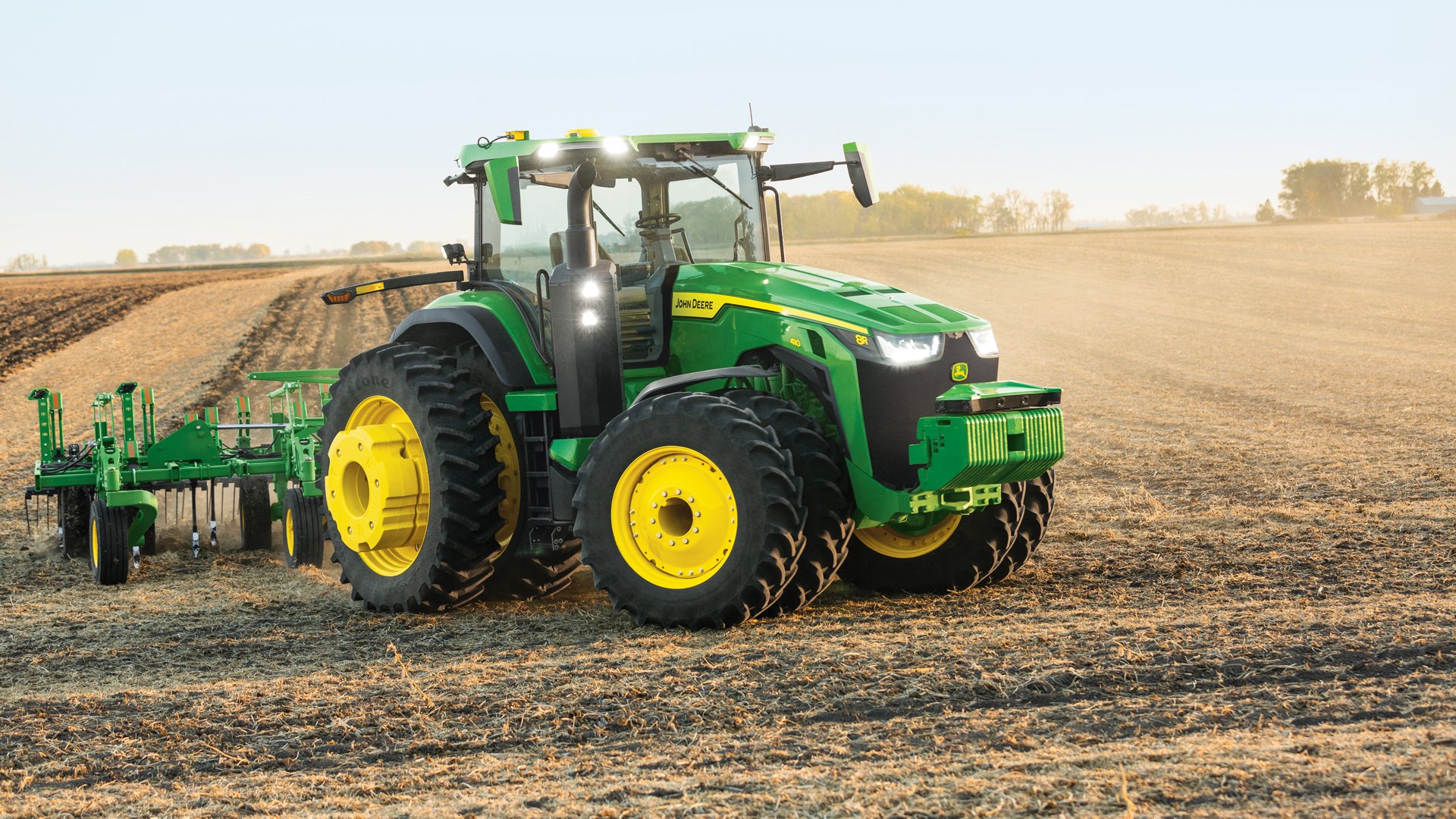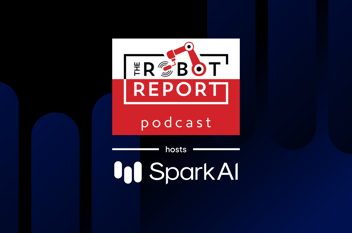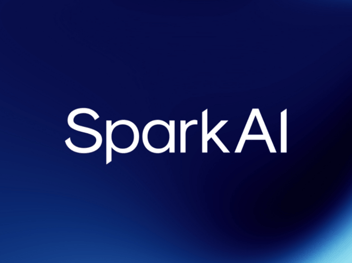Solving the Last Mile of Autonomous Farming

As the global population grows to 10 billion by 2050, global food demand is projected to increase by 50%. Pressures from climate change, labor shortages, limited arable land, and other challenges are all impacting the ability of farmers to meet this growing need. It’s precisely for this reason that some of the most innovative companies in the world are now racing to introduce the next generation of automation to the farm.
This year, John Deere unveiled the first ever, production-ready autonomous tractor, and it has the potential to change agriculture forever. SparkAI is proud to support this mission and other automation applications like it that are helping farmers feed the world.
The magic behind the magic
The founding team of SparkAI came together from Zoox, UberATG, and other top self-driving car programs to address the single most pervasive problem impacting the automation industry: AI is hard to perfect. The real world often looks unpredictably different from what AI models are trained to expect. That dissonance can be confusing to AI, preventing companies from launching & scaling world-changing automation products today. There’s an urgent need for a solution.
That’s where we come in. SparkAI is the first to generalize a solution we originally developed to help self-driving cars overcome unexpected driving scenarios, and make it available to the wider universe of automation applications. We combine people and technology in a lightweight API that resolves machine learning exceptions in real-time.
From robotic harvesters to autonomous tractors, the use of SparkAI in production AI workflows is unlocking launch & scale for the next generation of autonomous applications on the farm.
The challenge of autonomy in agriculture
John Deere’s autonomous tractors are a particular marvel in this new universe of farming automation.
To enable precision navigation and 360-degree obstacle avoidance, multiple arrays of stereo cameras and other sensors on these robots continuously feed data to a deep neural network that classifies obstacles and determines how best to respond to them. Though an agricultural field may seem like a more structured (i.e. predictable) environment than a city street, the challenge of autonomy is no less significant. Just watch this to believe it:
To be viable, autonomous tractors need to perform consistently well even in harsh conditions like dust, rain, snow, and bright sun. Operating in a field also means the environment is constantly evolving as crops grow and are harvested through the season. All of these factors, on occasion, make it difficult for even the best machine learning models to consistently make confident & safe decisions. While methodologies are continuously improving, this problem is not going away, and for safety critical functions, it is essential to get right.
How then do you deploy autonomous tractors not in 5 or 10 years, but today, when farmers need them most?
Solving edge cases live in the field
Our technology intertwines AI decision-making with augmented human cognition, imbuing robots with the cognitive bridge needed to reason through unexpected challenges in real-time.
Here’s how it works: in moments of low-confidence, the autonomous tractor automatically calls SparkAI’s service, passing imagery and other metadata via REST API. SparkAI’s objective is to resolve difficult-to-discern details about the scene to support a real-time decision. We do this by combining two key components in real-time: (1) cognitive input from multiple human mission specialists trained for the use case, and (2) results from our own proprietary software-based decision systems. SparkAI returns this resolution directly to the robot. The robot then combines this resolution with its pre-existing knowledge of the world to decide on a safe and confident action.
The entire round-trip process takes seconds, and happens thousands of times per day, 24/7.
SparkAI’s role in the workflow is not to take over control and remotely pilot the vehicle – the autonomous tractor is intelligent enough. Instead, what SparkAI delivers are the contextual cues that the autonomous system is sometimes missing in order to make confident decisions.
These moments may be rare, but solving them with high-integrity enables autonomous tractors to operate safely, reliably, and uninterrupted in the most challenging conditions at all hours of the day. This allows farmers to capture the full value from automation, and do more than they ever could.
The future of agriculture starts now
At SparkAI, we believe in the promise of automation to elevate humanity. We are on a mission to help the world’s most innovative companies push the boundaries of what can be enabled with AI today.
Few places is this mission more important than on the farm. SparkAI is accelerating the introduction of autonomous tractors and robots to more farmers sooner, while maintaining an unrelenting commitment to safety.
We are enthusiastic believers in John Deere and other innovators in this space, and are proud to support their mission and vision of the future. We can’t wait to see what’s next.


